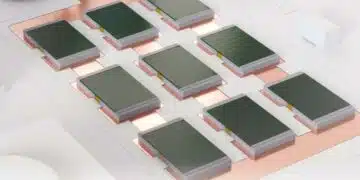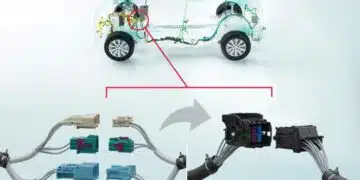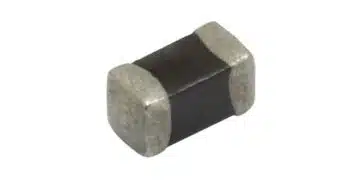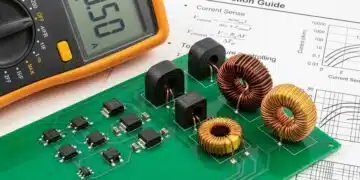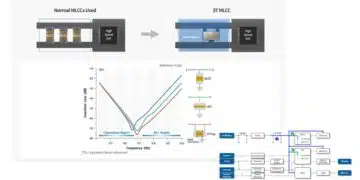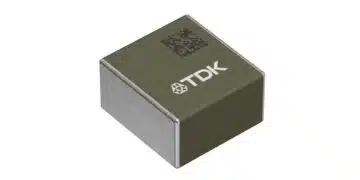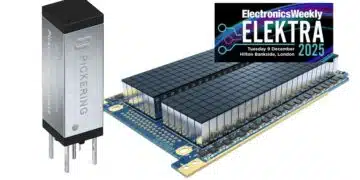Abstract:
Wearable electronics and smart textiles is rapidly developing area currently. An integration of electronic components and systems directly on/into textile substrates leads to the development of promising new technologies among which it is possible to include printing of passive electronic components and/or embroidering of passive electronic components directly onto textile substrates using conductive threads.
The paper deals with comparing of the electrical parameters of printed and embroidered planar passive electronic components. Different types of planar inductors and interdigital capacitors were designed and realized. Their basic electrical parameters such as nominal values and resonance frequencies were measured and compared each other. Presented results can be used for the realisation of functional printed or embroidered components and systems designed not only for smart textiles.
Title:Printed and Embroidered Electronic Passive Components
Author(s): Tomas Blecha1, Daniela Moravcova1, Tomas Syrovy2
Organisation(s): 1 Department of Technologies and Measurement, Faculty of Electrical Engineering, University of West Bohemia in Pilsen, Pilsen, Czech Republic
2Department of Graphic Arts and Photophysics, University of Pardubice, Pardubice, Czech Republic
Symposium: 1st PCNS Passive Components Networking Days, 12-15th Sep 2017, Brno, Czech Republic
Reference: paper 4.3. New Development Session., PCNS2017 Proceedings Pg.80-86
ISBN: 978-80-905 768-8-9
e-Sessions Applications: Commercial
e-Sessions Scope Components: Capacitors, Inductors
e-Sessions Topics: Technology, Materials, Measurement & Test
read the full paper in pdf here.


